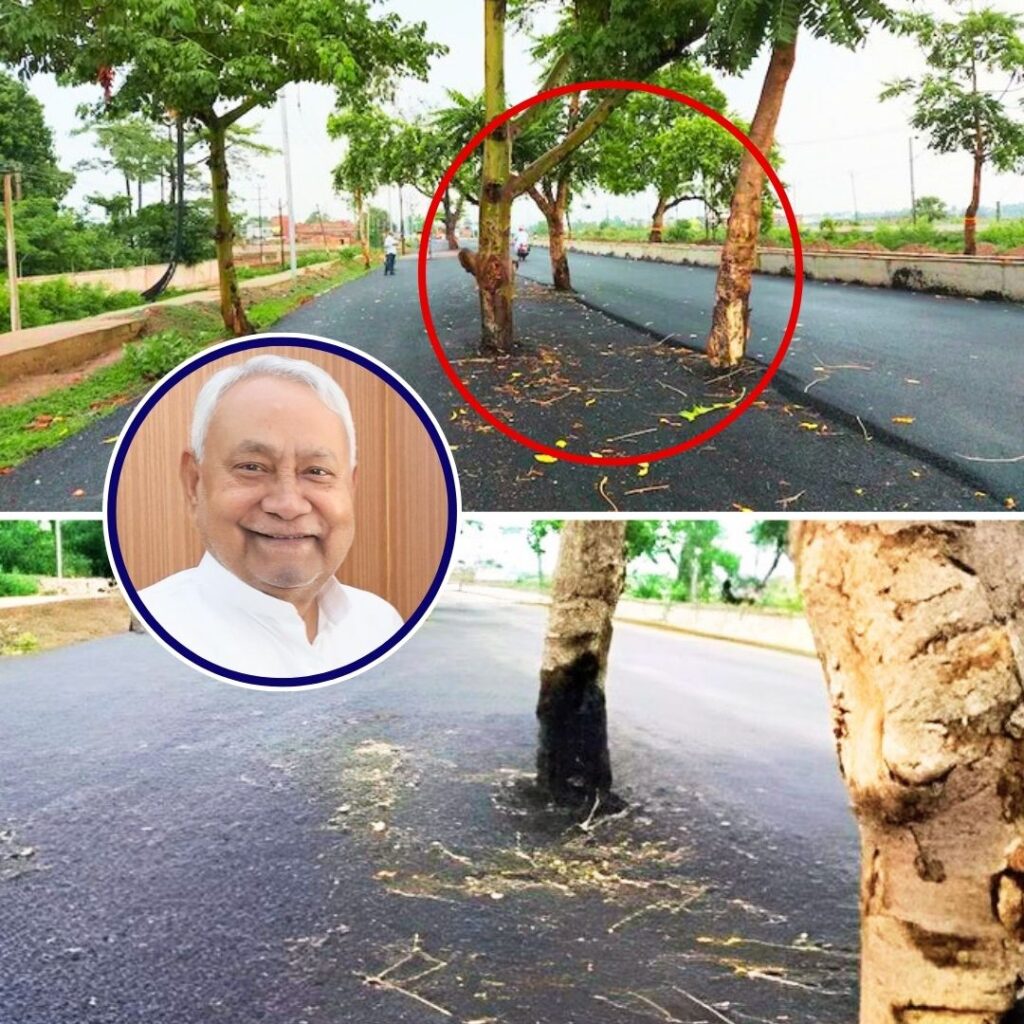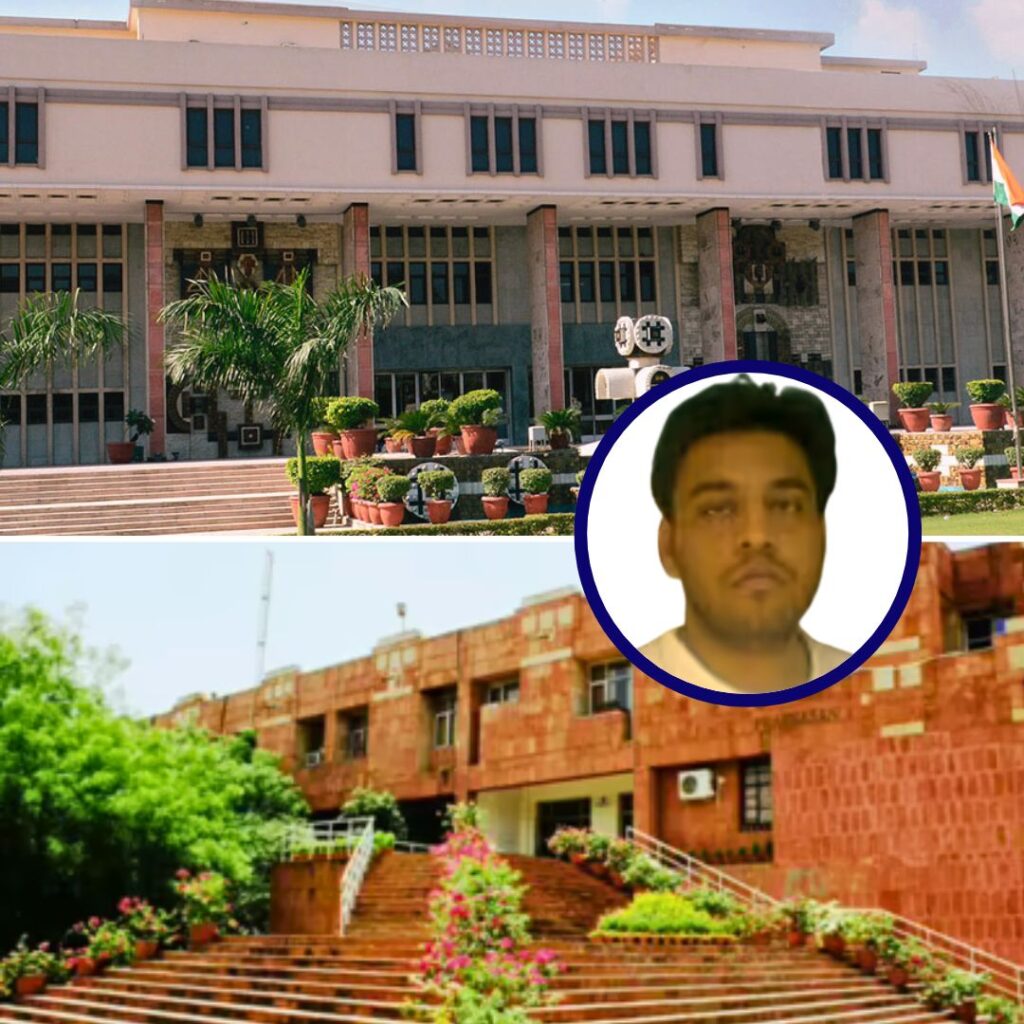Almost 2,650 new cases of tuberculosis (TB) were identified across 55 districts in India within two weeks between January 15 and January 30. This is because of an aggressive campaign by the Centre that aims to detect hidden cases of TB and eliminate the disease by 2025 as part of the government’s long-term plan.
Tuberculosis in India
Every year, about 2.2 million people in India develop TB, with an estimated 2,20,000 deaths that result from the disease. Few estimates have calculated deaths being twice as high. Although TB can be devastating to anyone regardless of age, caste or class; it majorly seems to affect the poorer section of the society. The common victims include slum dwellers, tribal populations, prisoners and people already ill with lower immune systems. The disease cost $340 billion to the Indian economy between the years 2006 and 2014, and hence, is a significant economic burden to the country. It is estimated that only 58% of TB cases are notified.
CBNAAT: Detection of TB in 2 hours
Union Health Minister, J P Nadda launched Cartridge Based Nucleic Acid Amplification Test (CBNAAT) machines that allow swift detection of TB in two hours, in an effort to combat the disease in the country. CBNAAT is considered to be a revolutionary molecular test that identifies Mycobacterium tuberculosis and rifampicin drug resistance, at the same time. This fully automated test provides results in two hours.
Image Courtesy: Indian Express
2,650 Cases detected in two weeks
Deputy General of Central TB Division, Government of India, Dr Sunil Khaparde, stated in an interview with The Indian Express, that an intensive door-to-door campaign had been launched in three phases to detect unreported cases of TB.
‘Active Case Finding: TB Services at the Doorstep’, is the government plan, that rolled out in January this year, and was spread across 55 high-burden districts across 18 states. Almost 46 lakh people were reportedly screened between January 15 and January 30, and the sputum samples from 63,638 suspected TB patients were examined. “From these, we have identified 2,650 persons who have TB,” claimed Dr Khaparde.
As many as one million cases of TB go unreported each year across the country, as most people are either unaware of the disease or are not inclined to seek treatment. Dr Khaparde added, “We have included difficult-to-reach villages in this survey, and some 20 categories have been identified after mapping vulnerable populations at risk of TB.” This exercise included high-risk districts with vulnerable groups like migrant clusters, residents of old-age homes, refugee camps, prisoners as well as workers in glass weaving and cotton mills.
Officials of the Central TB Division explained, “the patients who were identified, had symptoms such as a cough for more than two weeks, a spike in fever during the evenings and weight loss.” The majority of the cases diagnosed with the disease were from states of Bihar, Maharashtra and Chhattisgarh.
Khaparde claimed to identify the highest number of cases in Bihar, with 102 TB cases in Bhagalpur district and 505 TB cases in Darbhanga. 247 cases were identified in Delhi, while 102 cases were reported in Karnal, Haryana. 194 TB cases were identified in Indore, while 190 new TB cases were reported in Kolkata. Further, 161 cases were found in Mumbai, Thane, Bhiwandi and Pune.
Plans
The second round of door-to-door campaign will take place between July 17 and July 31 this year, across 100 districts. Further, the third round of the campaign across the country will be held between December 4 and December 18. India accounts for 27% of the global 10.4 million new TB cases, and 29% of the 1.8 million deaths in the world. TB is one of the leading five causes of death of people between ages 30 and 69, with most deaths occurring among the young adults in the economically productive age group. This leads to high economic and social costs for the country. Reportedly, India suffered a loss of an estimated $ 23.7 billion in 2006. Hence, with the government’s long-term plan to eradicate TB through new National Strategic Plan for TB Elimination 2017 – 2025, much of social and economic costs could be reduced to the benefit of the country.
The Logical Indian urges the government to come up with some concrete tactics to tackle the spread of TB in the country. The health sector in India is already reeling under apathy where a large section of people is devoid of basic amenities. India has to bring better solutions in the health sector.











